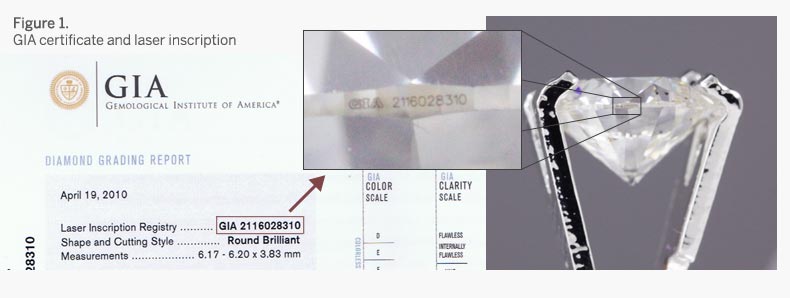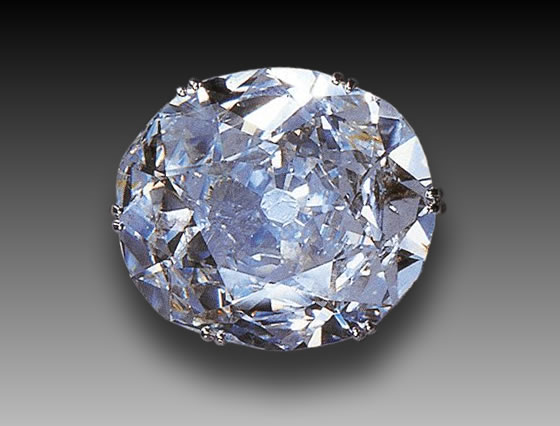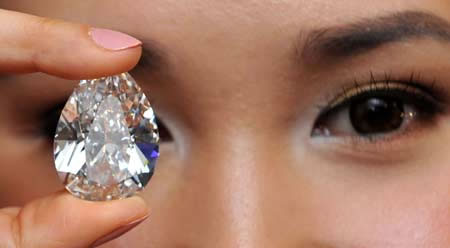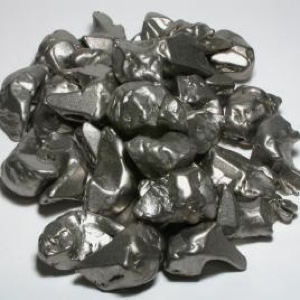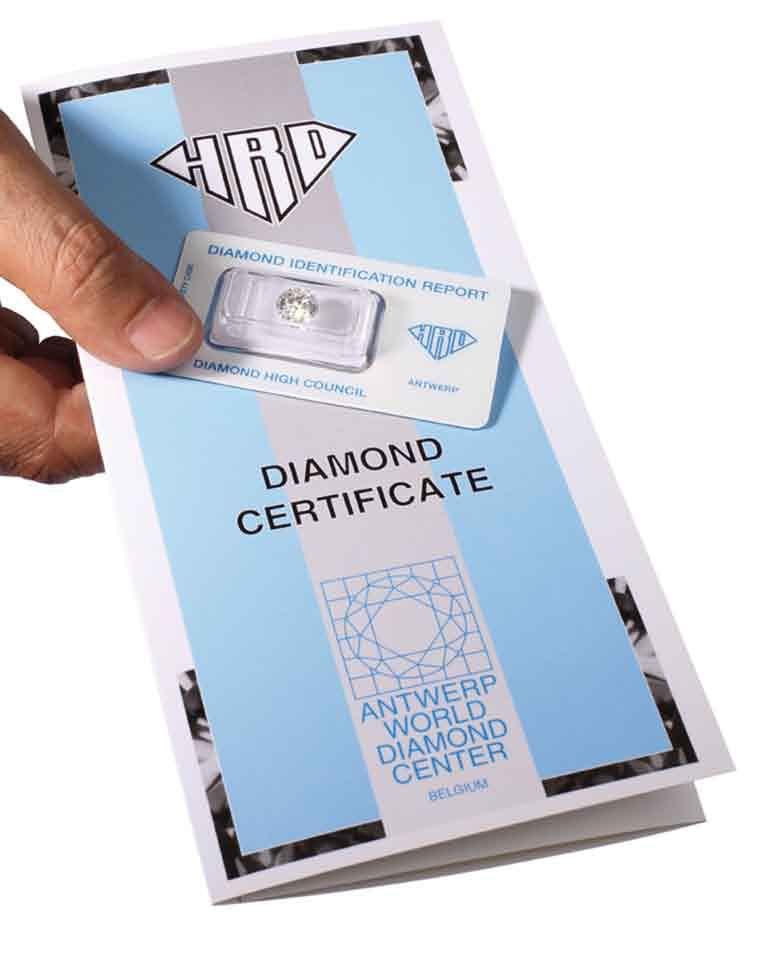Various characteristics of diamonds are graded and categorized by the diamond industry. Learning about diamonds is first learning about the “four Cs” of diamonds which are considered the most important grades and categories:
* Cut
* Clarity
* Color
* Carat weight
These are the criteria jewelers use when grading diamonds, and they’re the ones you’ll need to understand to buy the right diamond for you.
And then there’s the “Fifth C”:
* Certificates
Cut
Cut is probably the most important, and most challenging, of the four Cs to understand. The brilliance of a diamond depends heavily on its cut.
ROUND BRILLIANT

Clean, classic, versatile and with more fire and brilliance than any other shape, it would be difficult to persuade anyone against this choice—as proven by the fact that it accounts for more than half of all diamonds sold today. (For men wishing to surprise their ladies and unsure of what they might like, one could hardly go wrong here) – more.
PRINCESS
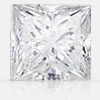
Much like the round brilliant, the Princess cut is a classic and elegant shape, although with its sharp corners boasts more of a contemporary edge. This shape is ideal way to capture the brilliance and simple elegance of the round and still be “a la mode”.
EMERALD
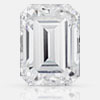
Speaking volumes of vintage glamour and old world charm, and favoured by such style icons as Grace Kelly and Jackie O, the emerald cut was one of the first cuts to be used in jewellery design, and with its broad flat plane highlights the clarity and natural crystalline growth of a diamond to unparalleled measure.
ASSCHER
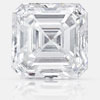
Replete with timeless elegance and Art-Deco cool, the Asscher cut is a rectangular shape similar to the more well-known emerald cut, with prismatic brilliance, tremendous lustre and a fascinating optical illusion known as the “Hall of Mirrors” effect.
PEAR
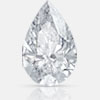
Infamously given to Elizabeth Taylor by two-time-husband Richard Burton, the pear, or teardrop as it is sometimes called, is a unique and feminine shape with one rounded and one pointed end that makes for a delicate and stunning choice.
RADIANT
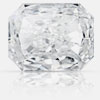
A square- or rectangular-shaped hybrid cut that combines the brilliance and depth of the round, emerald and princess cuts, the radiant is the most brilliant of all the squared shapes making it both a beautiful and dramatic choice .
OVAL

Somewhere in between the round brilliant and the pear shape, the oval cut is the perfect choice if you’re wishing to savour the sparkle of the round brilliant in a slightly rarer and more elongated form.
CUSHION

As its name suggests, the cushion cut is a square or rectangular shape with rounded corners, resembling a pillow shape. One of the rarer and more unique choices, the cushion cut’s large facets allow for great light dispersion, giving birth to a much larger range of spectral colours and making for a highly scintillating stone.
HEART
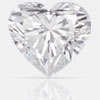
Ever the romantic choice, this rare and symbolic cut is the ideal way to wear your heart on your finger, not your sleeve, and there is surely no better way to be in love and in style all at once.
MARQUISE
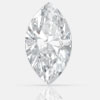
Originally commissioned in 18th century Paris by King Louis XV to emulate the smile of his mistress the Marchioness Madame de Pompadour, the Marquise harkens back to the glory of the age d’or, and is also an ideal way to optimise carat weight and elongate the finger.
TRILLION
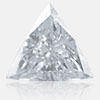
Though most often used for a side or accent stone, with its stunning brilliance and fire, this triangular cut could make for a bold and dramatic solitaire, and has been increasingly appreciated for its impressive effect as a center stone.
Clarity
Most diamonds contain some inner flaws, or inclusions, that occur during the formation process. The visibility, number and size of these inclusions determine what is called the clarity of a diamond. Diamonds that are clear create more brilliance, and thus are more highly prized, and priced.
Clarity Grades
The Gemological Institute of America* grades diamond clarity on an 11 point scale ranging from Flawless and Internally Flawless (FL/IF) to Included (I1, I2, I3). These categories are founded upon the ability to see the inclusions under 10x magnification. FL/IF to VS2 categories are referred to by diamond experts as “eye clean” and are the categories of the highest clarity. Diamonds classified as “eye-clean” are considered to have no imperfections visible to the naked eye.
*Although the GIA sets the standard, there are several other prestigious labs who offer certificates and grading but these do differ slightly from the precedence set by the GIA.
Flawless or Internally Flawless: FL or IF
Flawless and Internally Flawless certified diamonds are extremely rare. The difference between the two is that internally flawless diamonds (IF), like the FL, are 100% flawless from the inside but IF diamonds will contain surface graining on the outside. These are not technically considered a flaw, but consist in the only point of differentiation between the extremely rare Flawless and the very rare IF clarity grades. FL or IF diamonds may also be referred to as ‘LC,’ meaning “Loupe Clean.”
Very Very Slightly Included 1: VVS1
A diamond of this clarity grade would have one tiny inclusion that can only be located using a powerful microscope. This clarity grade guarantees that the inclusion is invisible even under a 10x magnification loupe. This clarity grade is almost as rare as the IF clarity and as such is highly regarded although not quite as expensive.
Very Very Slightly Included 2: VVS2
These diamonds would only have two tiny inclusions and consistent with the VVS1 grading only a microscope would identify inclusions. However, expert graders may be able to locate a VVS2 inclusion using a 10x magnification loupe but VVS2 still offer a very high level of clarity and are less expensive price than a VVS1.
Very Slightly Included 1: VS1
VS1 diamonds have one small or a few very tiny inclusions that are not visible to the unaided eye (eye clean) and can only be located, often with difficulty, using a 10x magnification loupe. VS1 clarity diamonds are an excellent choice as they are still eye-clean whilst being less expensive than the VVS categories.
Very Slightly Included 2: VS2
Usually VS2 diamonds have a series of tiny inclusions that like the VS1 grade can only be located using a 10x magnification loupe. VS2 clarity diamonds are an extremely popular as it is the last grade which virtually guarantees an eye clean diamond. In 95% of cases VS2 diamonds are eye clean. Rare exceptions, may include VS2 diamonds on EGL or IGI certificates (extremely rare on IGI) and in certain cases, Emerald and Asscher cut diamonds, which may not always be eye clean, even on GIA certificates. The type of inclusions here would generally be two small inclusions or a series of tiny ones.
Slightly Included 1: SI1
SI1 graded diamonds have two medium or many small inclusions that will almost always be visible to the unaided eye and are easy to locate using a 10x magnification loupe. Depending on how well placed and lightly coloured the inclusions are the stones can appear almost eye clean and therefore SI1 clarity diamonds can offer exceptional value for those wishing to maximise their budget. An SI1 diamond on a GIA, HRD or AGS certificate will in over 50% of cases be eye clean depending on the chosen shape. However, as with the VS2, this grade of diamonds probably won’t be eye clean on Emerald and Asscher cuts, on any certificate.
Slightly Included 2: SI2
SI2 diamonds have a greater number of inclusions that will almost always be visible to the unaided eye. As with the SI1 clarity diamonds, they can offer great value for money and depending on the inclusions it can be possible to find an eye clean stone at a fraction of the price of higher clarity grades.
I1 or lower
These diamonds will always have inclusions clearly visible to the naked eye, even on the strictest certificates, such as those of the GIA. Even though it is still possible for us to source such diamonds upon request, we would recommend choosing SI2 clarity diamonds or above.
Color
Colorless diamonds are the most desirable since they allow the most refraction of light (sparkle). Off white diamonds absorb light, inhibiting brilliance.
Colour is one of the fundamental attributes of a diamond and colour grades actually refer to how colourless or “white” a stone is. Diamond colour is graded according to the GIA* colour scale, from D to Z, where D is rated as the most colourless, and therefore the most sought after and costly.
Further down the scale, the colours become more yellow and finally brown. However, to the untrained eye, there is little variation in the D-H range and therefore slightly lower grades provide much better value for money while not necessarily appearing vastly different. Stones graded I and below alter in colour and any diamonds graded J and below will be slightly tainted.
*Although GIA sets the standard for diamond grading, there are several other prestigious labs which offer certificates but these do differ slightly from those set out by GIA.
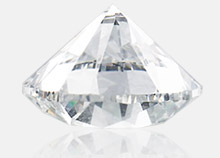 COLOUR: DD COLOUR: DDis the highest colour grade attributed to a diamond, denoting that the stone is completely colourless (white); as such, they are extremely rare and command the highest prices. |
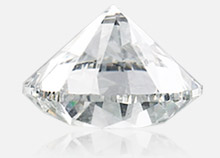 COLOUR: EThe colour difference between a D and an E graded stone is usually only visible to an expert gemmologist using master stones as a comparison, although E graded stones are slightly cheaper. COLOUR: EThe colour difference between a D and an E graded stone is usually only visible to an expert gemmologist using master stones as a comparison, although E graded stones are slightly cheaper. |
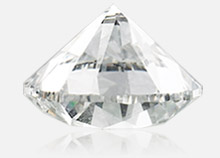 COLOUR: FThe colour difference between an E and an F is only visible to an expert gemmologist using master stones as a comparison. F grades are the lowest and therefore least expensive of the premium colours. COLOUR: FThe colour difference between an E and an F is only visible to an expert gemmologist using master stones as a comparison. F grades are the lowest and therefore least expensive of the premium colours. |
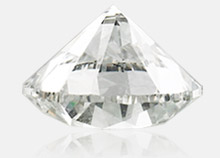 COLOUR: GG graded diamonds are nearly colourless and a slight colour difference only become perceptible when compared to diamonds of grades D or E. G stones appear colourless especially once set and therefore offer excellent value for money. COLOUR: GG graded diamonds are nearly colourless and a slight colour difference only become perceptible when compared to diamonds of grades D or E. G stones appear colourless especially once set and therefore offer excellent value for money. |
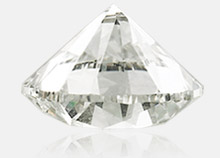 COLOUR: HH coloured diamonds are near colourless diamonds which still appear totally white or colourless if they are not compared side by side with higher colour graded stones. The H colour is generally considered the watershed between colourless diamonds and slightly tinted diamonds. As a result, the H colour is great value for money and unsurprisingly a very popular option. COLOUR: HH coloured diamonds are near colourless diamonds which still appear totally white or colourless if they are not compared side by side with higher colour graded stones. The H colour is generally considered the watershed between colourless diamonds and slightly tinted diamonds. As a result, the H colour is great value for money and unsurprisingly a very popular option. |
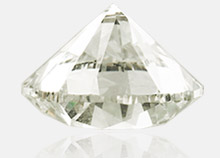 COLOUR: II coloured diamonds are very slightly tinted diamonds, however, once set in jewellery, these stones may appear colourless. If you are looking to maximize your budget, then an I coloured diamond offers great value for money. COLOUR: II coloured diamonds are very slightly tinted diamonds, however, once set in jewellery, these stones may appear colourless. If you are looking to maximize your budget, then an I coloured diamond offers great value for money. |
 COLOUR: JJ coloured diamonds are very slightly tinted diamonds, however, once set in jewellery, especially in yellow gold, it is harder to see the slight yellow tint which the J grade produces. If you are looking to maximize your budget or if you have a preference for slightly yellow tinted diamonds, then the J grade is a great option, offering fantastic value for money. COLOUR: JJ coloured diamonds are very slightly tinted diamonds, however, once set in jewellery, especially in yellow gold, it is harder to see the slight yellow tint which the J grade produces. If you are looking to maximize your budget or if you have a preference for slightly yellow tinted diamonds, then the J grade is a great option, offering fantastic value for money. |
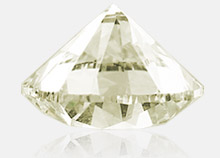 COLOUR: KK coloured diamonds are slightly tinted diamonds, however, once set in jewellery, especially in yellow gold, it is harder to see the slight yellow tint which the K grade produces. If you are looking to maximize your budget or have a preference for slightly yellow tinted diamonds, then the K grade is a great option, offering excellent value for money. COLOUR: KK coloured diamonds are slightly tinted diamonds, however, once set in jewellery, especially in yellow gold, it is harder to see the slight yellow tint which the K grade produces. If you are looking to maximize your budget or have a preference for slightly yellow tinted diamonds, then the K grade is a great option, offering excellent value for money. |
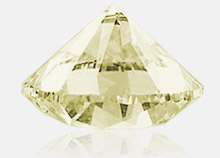 COLOUR: L – ZSeventy Seven Diamonds currently offers only stones in the higher range of D-J, as these are the only grades we recommend, however, lower clarity grades can be made available on special request. COLOUR: L – ZSeventy Seven Diamonds currently offers only stones in the higher range of D-J, as these are the only grades we recommend, however, lower clarity grades can be made available on special request. |
Carat Weight
A carat is the unit of weight by which a diamond is measured. Because large diamonds are found less commonly than small diamonds, the price of a diamond rises exponentionaly to its size. Read this guide to get a better understanding of what a carat is and how it affects the appearance of a diamond.
“Carat” is the term used to refer to the weight of a diamond (not to be confused with the term “karat” referring the purity of gold). One carat is defined as one fifth of a gram or 200 milligrams, approximately the weight of a five pound note. A carat can further be divided into “points,” where one point is equal to 0.01 carat.
While the size of a polished diamond is related to its carat weight, it is important not to confuse carat weight with size, as there are other aspects of a diamond that can affect how large an individual stone actually appears—most importantly, the cut and shape of the stone. Proportions to which an individual diamond is cut, such as table and depth percentages must be taken into account, as shallower stones can appear larger than deeper stones of the same weight. Similarly, diamond shapes can have an impact, as elongated shapes tend to maximise carat weight, making them appear larger than rounded stones of the same weight.
Furthermore, the appearance of a diamond’s size can also be affected by how the stone is set in a piece of jewellery, as well the size of the wearer’s finger (in the case of rings), therefore it is important to take all of these aspects into consideration when choosing a stone.
HISTORY & BACKGROUND
The term carat originates from the Greek and Arabic names for the carob tree – Keration in Greek and Qirrat in Arabic. The dried seeds of the Carob (or Locust) tree were once widely used by trading merchants as counterweights for weighing gold, diamonds, gemstones and pearls due to their relatively consistent weight and size. It is important to note however, that the term “carat” with reference diamonds is different to “karat” which is the value used for the purity of gold.
The Byzantine era used glass pebbles, based on carob seeds, for weighing coins, which weighed in at 196 mg, consistent with the average weight of an individual carob seed. However their use eventually diminished as it was discovered that despite their visual uniformity, the seeds were not actually consistent in weight. Many attempts were made to standardise the measurement of gemstone weight and it was only in 1907, at the Fourth General Conference on Weights and Measures that the “carat” was adopted as the official metric measurement for gemstone weights.
In 1913 the United States officially accepted the ‘carat’ as the gemstone measurement, and in 1914 the United Kingdom and Europe followed suit. By the 1930s, the majority of the diamond and gemstone industry had agreed to the standardised measurement, which is still in use today.
Dimensions play an important role in the appearance of a diamond. In addition to the carat weight, the distance across the top of the diamond must also be taken into consideration. A common misconception is that half a carat is half the size of one carat. In fact, a half carat is half the weight of one carat, but the millimetre difference on a round stone is only 1.35mm. The average measurement for a 0.50ct stone is 5.00mm, while the average 1.00ct stone measures at 6.35mm.
While carat weight may indicate a diamond’s size, the shape and cut of a stone also play a large part in determining how large or small the stone appears. An elongated shape such as the Marquise cut may appear larger than a rounded shape such as the round brilliant even if the two stones share the same weight.
When comparing two stones of the same shape however, it is important to look at the cut grades and table and depth percentages, as shallower stones will tend to appear larger than deeper ones. Other aspects such as girdle width can also affect how large a stone appears, while not necessarily affecting the quality of the stone.
The Fifth C: Certificates
The diamond certificate, which is sometimes called a grading report, is a complete evaluation of your diamond that has been performed by a qualified professional with the help of special gemological instruments. Each stone bears its own recognizable, individual characteristics, which is listed on the certificate.
A diamond certificate is issued following an unbiased and professional examination to authenticate a diamond’s attributes. The carat weight, colour and clarity are all validated, together with the diamond’s exact measurements. Cut grades are also included for Round Brilliant cuts. Certificates are essential in determining or testifying a diamond’s value. Diamonds sold through Seventy Seven Diamonds have been graded by GIA, AGS, HRD, IGI, EGL (Internationl or USA). It is generally accepted by diamond industry professionals that the Gemological Institute of America (GIA) sets the standard when it comes to diamond grading. At least three-quarters of the 200,000 diamonds listed on Seventy Seven Diamonds have been graded by the GIA.
BEWARE: Always buy a certificated diamond – Unless you are purchasing jewellery set with smaller diamonds, with a centre stone 0.30ct or above, to be certain of the quality insist on a certificate – If your diamond is not graded by one of the 5 internationally recognised certificates listed above, chances are the grading stated is misleading and that you are purchasing something of lesser quality than indicated. Unfortunately some retail shops and online stores self certify, for the sole purpose of increasing their margin on the product sold.
Laser Inscribed Validation: With the 5 leading diamond certification organisations, recent measure to protect the consumer has resulted in certificated diamonds being laser inscribed, usually on the diamond’s girdle, which gives confidence the diamond purchased is the diamond recieved. The laser inscription can be easily verified with a magnification loop. See below for an example of diamonds inscribed by GIA (figure 1) and EGL (figure 2).
CREDIT: http://www.77diamonds.com/




